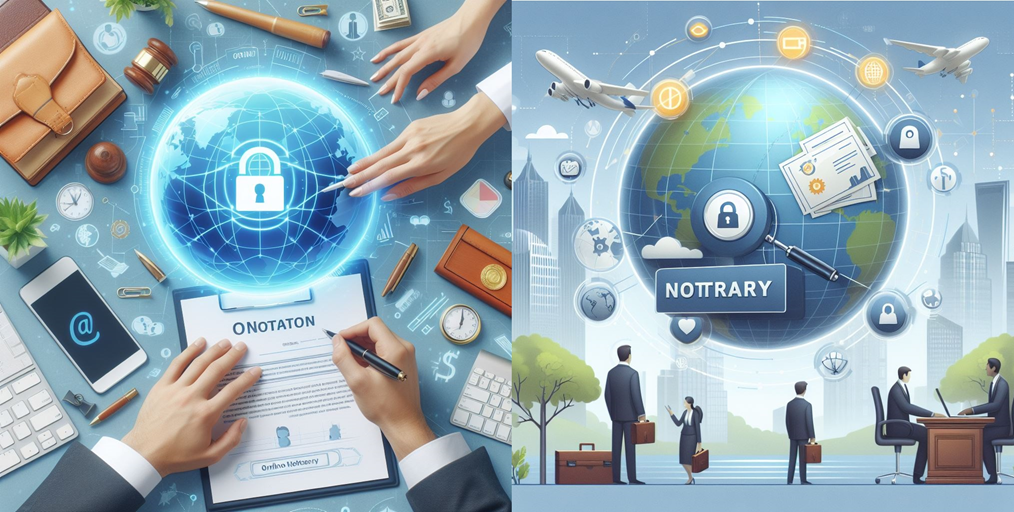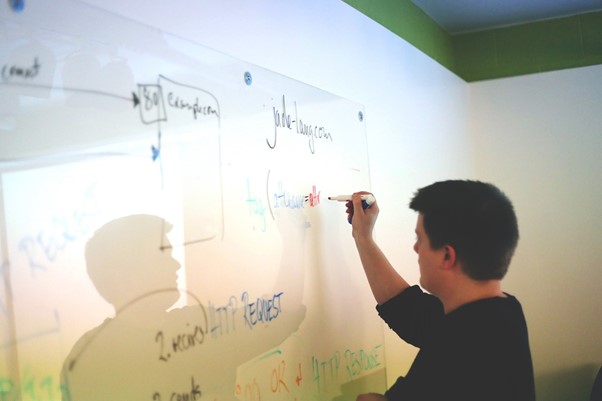Top 6 Strategies for Engaging Multilingual Learners

Discover effective strategies to engage multilingual learners. Explore our top 6 methods to enhance learning experiences and foster inclusivity in the classroom.
Teachers often encounter students from different linguistic backgrounds. They are referred to as multilingual learners.
These students bring unique strengths to the classroom. Educators can enhance their learning experience with strategies tailored to their needs. Here are the top 6 strategies for engaging a multilingual learner effectively.
Read On!
1. Create a Language-Rich Environment
A language-rich environment helps multi-language learners. This is achieved by surrounding them with opportunities to:
- encounter different languages
- use different languages
- practice different languages
This includes labeling items around the classroom in many languages. It also means incorporating bilingual books. Or, it can mean encouraging peer interactions in both the students' home languages and the target language.
Additionally, teachers can use word walls featuring vocabulary in various languages. This not only supports language learning. It also validates the students' linguistic backgrounds.
Educators can further enrich the classroom atmosphere. They can achieve this by integrating:
- songs
- chants
- cultural stories
These can be done by using diverse languages. This makes it a vibrant hub for language exploration.
2. Use Visual Aids and Interactive Tools
Multilingual learners benefit from visual aids that complement verbal instructions. Interactive tools enhance comprehension. This includes:
- videos
- infographics
- multimedia presentations
By linking images to vocabulary, these learners can better retain new words and concepts. This helps by bridging the gap between languages.
3. Leverage Peer Collaboration
Bilingual and multilingual students often feel more comfortable learning from peers. Group work and peer collaboration can be effective in language development.
Both parties benefit from the exchange. This is achieved by pairing multilingual learners with native speakers. Thus, improving language skills for one and fostering empathy and cultural awareness for the other.
Additionally, collaborative tasks that need communication can enhance vocabulary acquisition and fluency. This is because students can practice using the target language in authentic contexts.
4. Scaffold Instruction
Scaffolding involves breaking lessons into smaller, manageable steps. These steps help support multilingual learners at different skill levels. This might include:
- pre-teaching vocabulary
- using sentence starters
- providing graphic organizers
The goal is to remove support as the student gains independence in their language skills.
5. Celebrate Cultural Diversity
Recognizing the cultural backgrounds of multi language learners creates an inclusive learning environment. Highlight from the learners' home countries, based on the following:
- holidays
- customs
- traditions
This can foster a sense of belonging. This approach not only boosts engagement. It can also promote cultural exchange and empathy among all students.
6. Encourage Multilingualism at Home
Promoting the benefits of being bilingual or multilingual to both learners and their families is crucial. Encourage parents to maintain the use of their home language. Let them do this while supporting the acquisition of a new one.
This dual-language approach helps students develop a stronger linguistic foundation. Thus, leading to improved cognitive flexibility and problem-solving skills.
Educators can foster an environment where multilingualism is celebrated. This is achieved by providing resources and activities that families can engage in together. Moreover, it can also be achieved through reading books or watching movies in both languages.
Learn How to Engage With a Multilingual Learner
Engaging with a multilingual learner requires thoughtful strategies. These strategies embrace the linguistic and cultural diversity they bring to the classroom.
Take note that teachers can support these learners in maximizing their potential. The benefits of being multilingual or bilingual extend far beyond the classroom. They prepare students for a globally connected world.
As long as you know how to engage these learners, you will be successful in your goals of educating these students.
If you want to read more, you can visit our blog page. We do have more!


